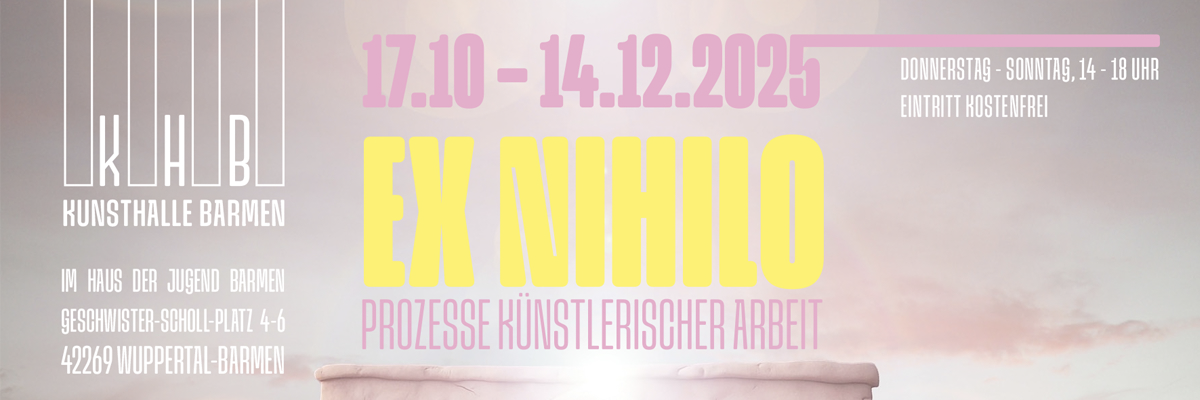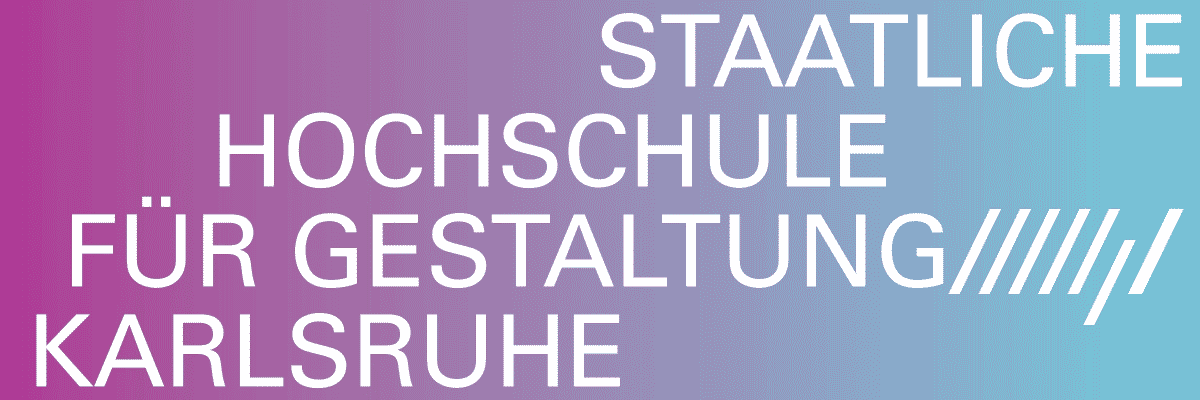
Helen Tóth
Light like a broken tree
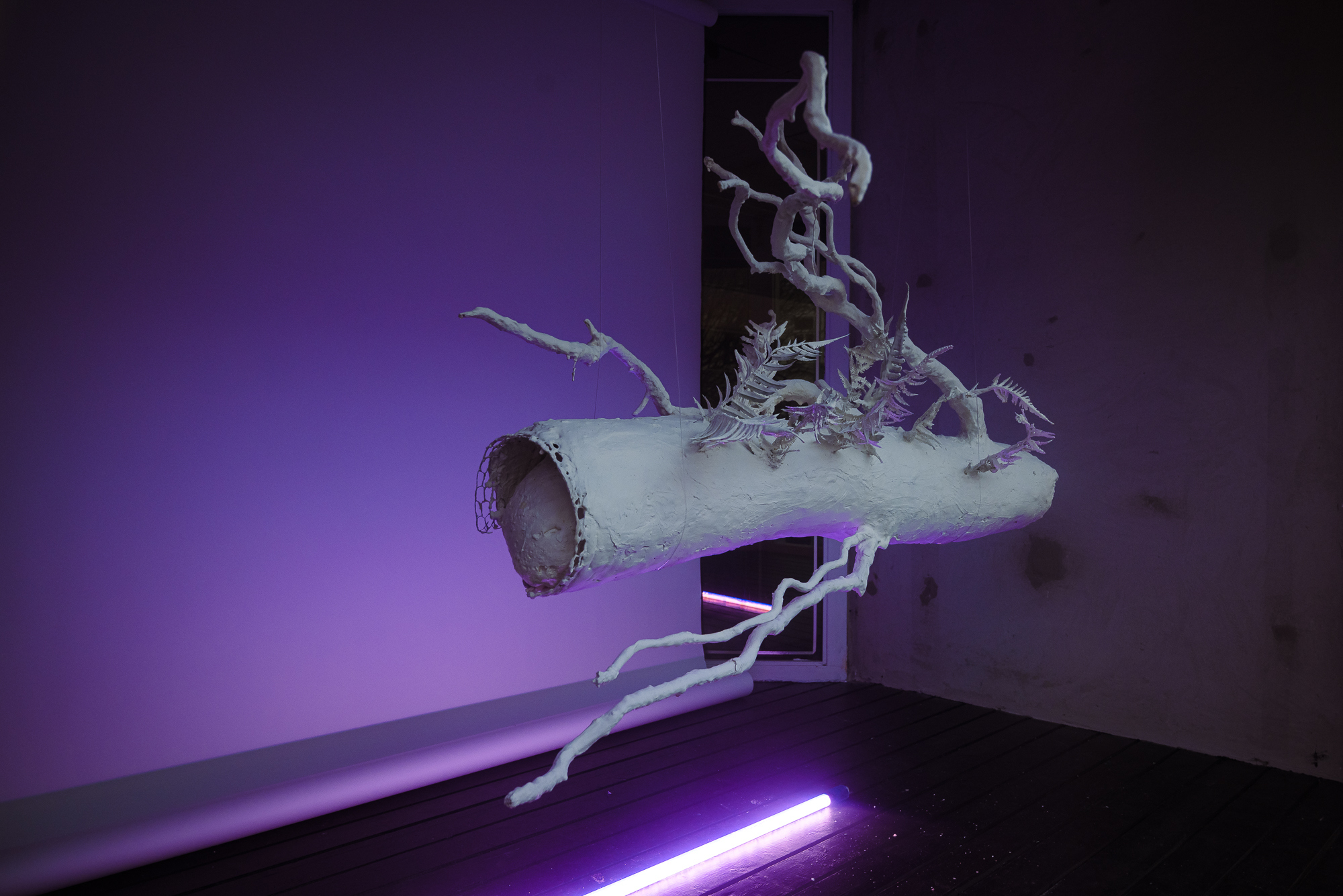
I carry ferns on my shoulders, object from gypsum powder, epoxy, aluminium wire, polyurethane foam, 2022
Advertisement
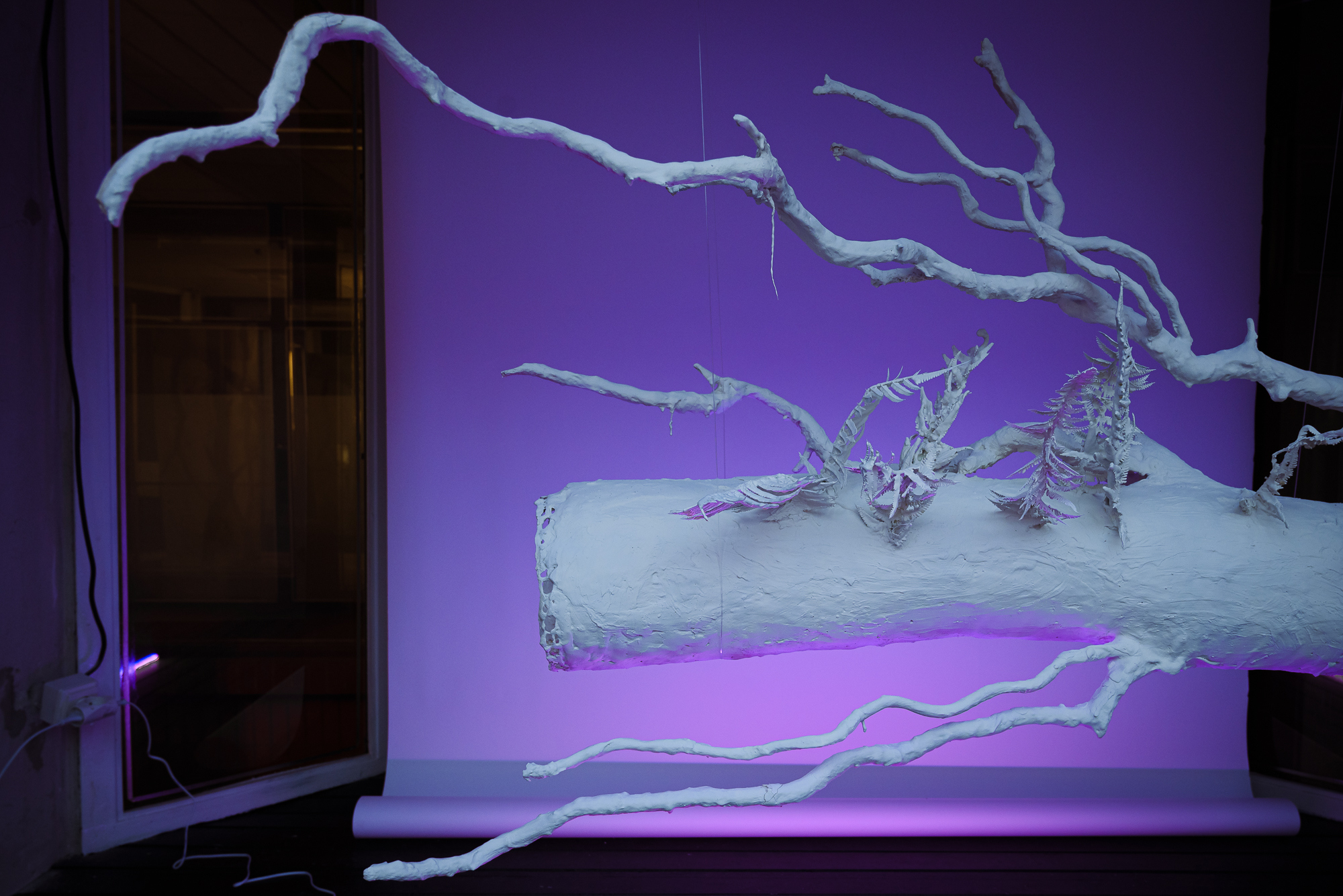
I carry ferns on my shoulders, object from gypsum powder, epoxy, aluminium wire, polyurethane foam, 2022
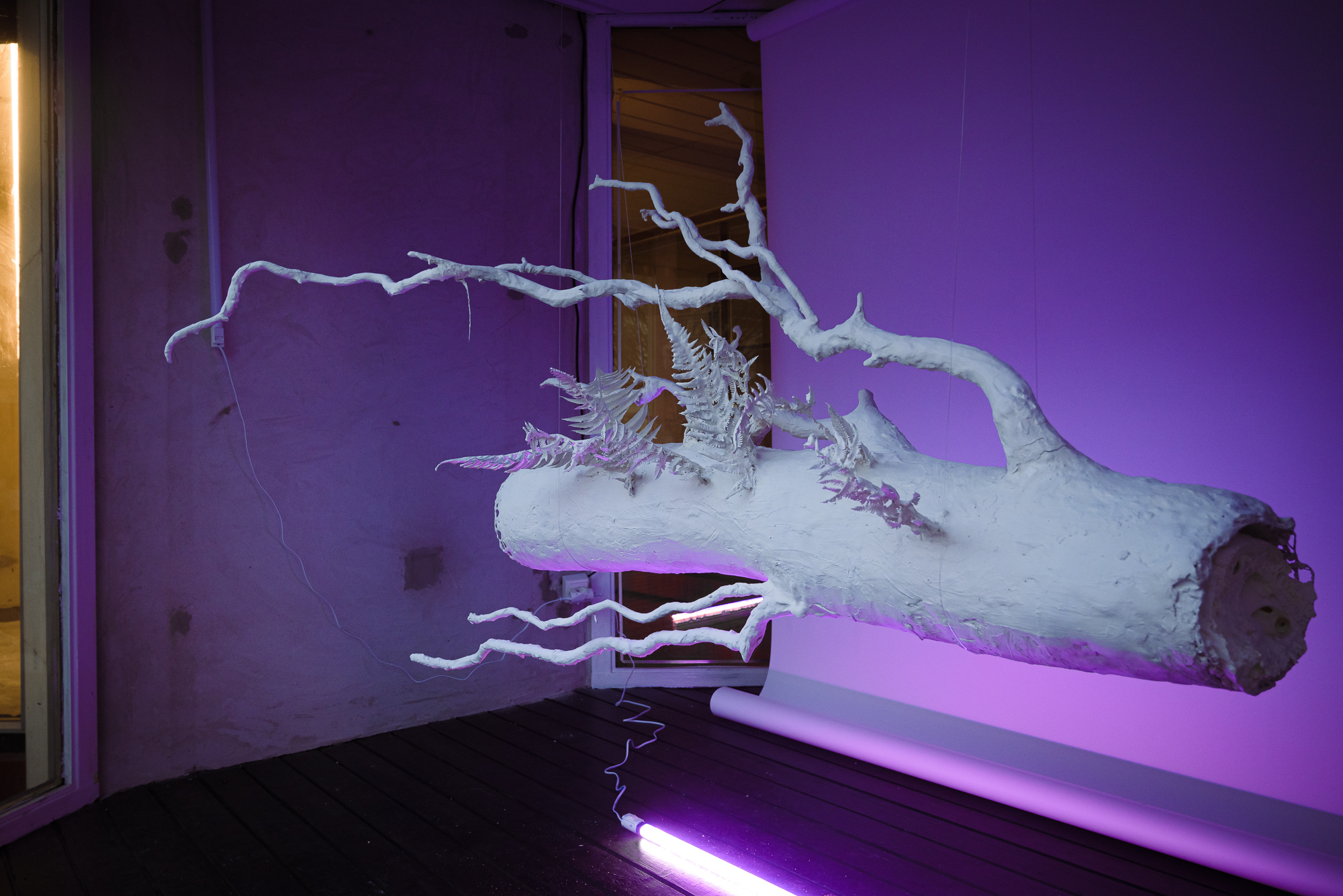
I carry ferns on my shoulders, object from gypsum powder, epoxy, aluminium wire, polyurethane foam, 2022
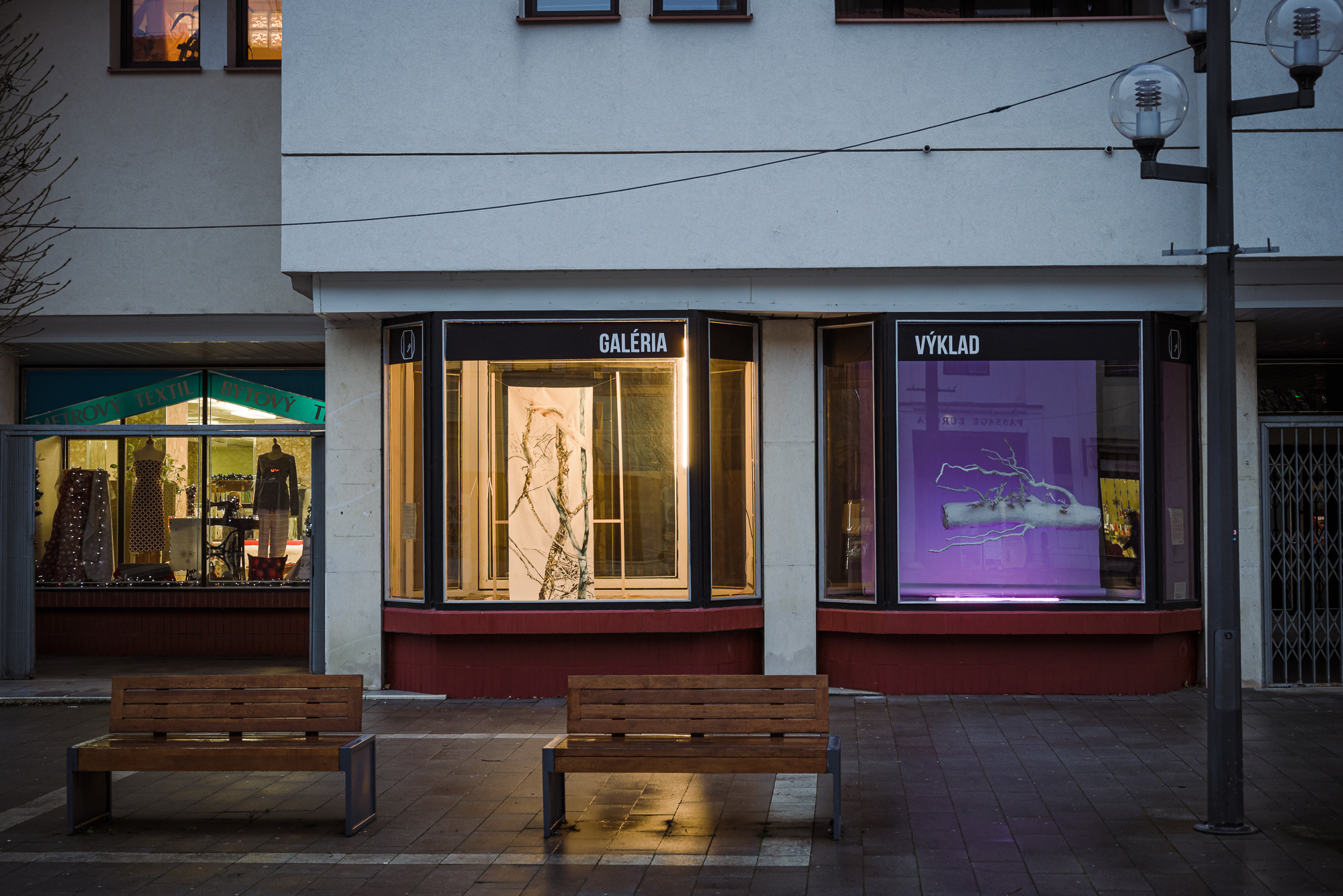
Light like a broken tree on the right side and I carry ferns on my shoulders on the left side

Light like a broken tree, drawing and painting on unstretched canvas, 2021
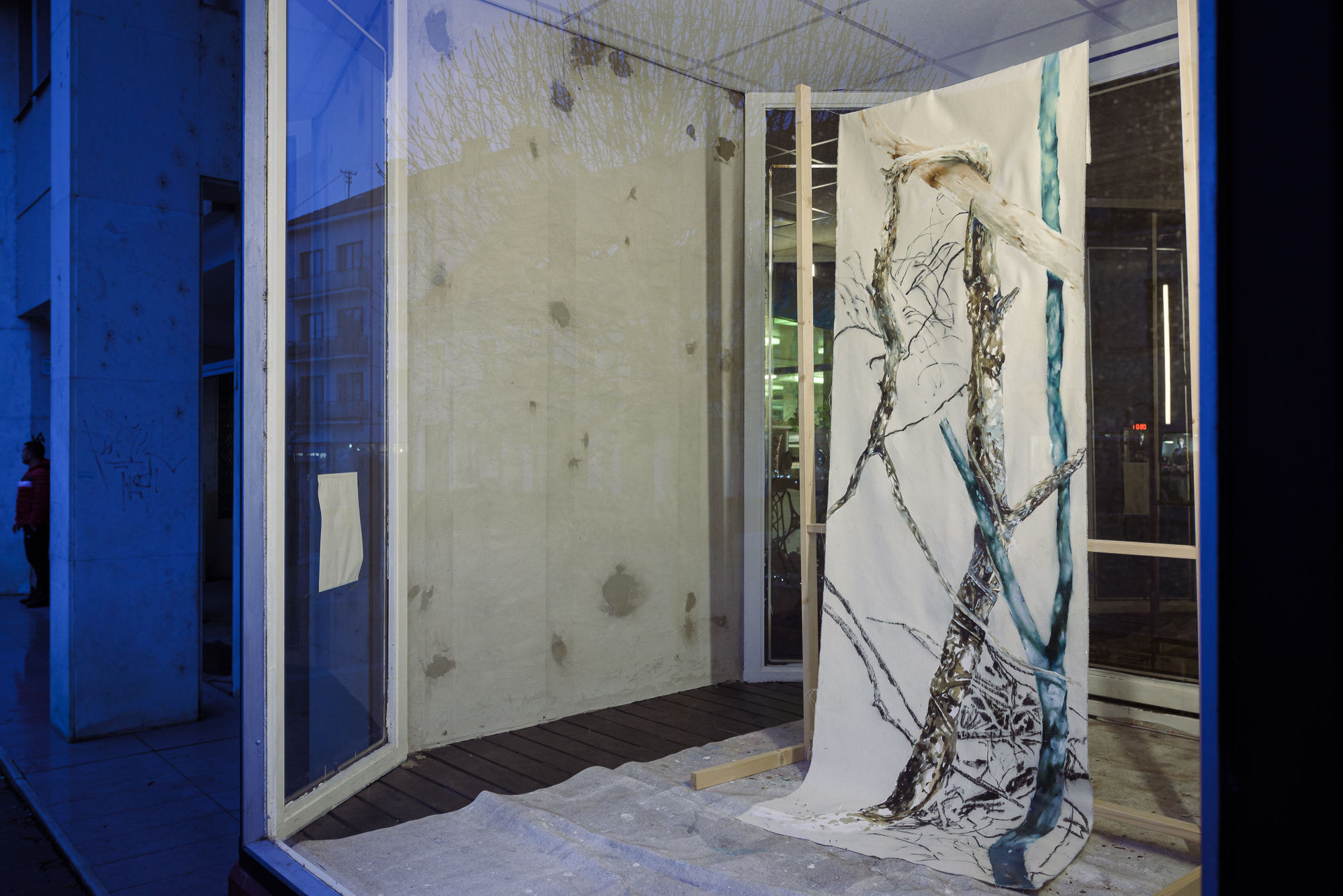
Light like a broken tree, drawing and painting on unstretched canvas, 2021
Helen Tóth belongs to the young generation of artists. She studied at the School of Applied Arts in Bratislava and continued at the Academy of Fine Arts. After graduating, she had individual and group exhibitions at home and abroad (Austria, Belgium, Hungary, Italy). Helen is a two-time finalist of the VÚB Bank prize for “Painting of the year” and was nominated for the Piero D'Amore E Colore prize at The Others Art Fair in Torino, Italy.
Helen's main theme is the depiction of trees and forests. These elements have become especially significant as a part of the art series "Lightbox with a tiny forest" and "I carry ferns on my shoulders".
She decided to create a new site-specific object for the Gallery Výklad - a tree trunk, which she exhibited together with an older work - a painting on an unstretched canvas. Each work is situated in its own exhibition cubicle. We thus have the opportunity to see the various positions of the author's work, be it painting or sculpture. At the same time, it represents art as a mode of experiencing being, exactly how psychologist Erich Fromm says in his book” To have or to be”.
The forest environment and nature itself is a constant source of inspiration for the author. The subject of her interest are mainly conifer trees, which she considers more aesthetically suitable for her work. She's not abandoning sick or dead trees, whose remains are an important part of the forest environment just as much as the living ones. A fallen tree, which seemed attractive to the author and was too heavy to take from the forest, was the starting point for her artistic activity and for creating this specific object.
The author dealt with this situation precisely through creative work with materials, with which she gave form to her "dream" trunk. The surface is white, supplemented with fern leaves and twigs, refers to the whiteness of marble sculptures of classical art and at the same time contrasts with the painting in the second interpretation. Hanging in the space thus directly refers to the title of the exhibition and at the same time ironically points to the creation process itself, which was far from easy.
On the other hand, the painting on canvas installed in the second storefront is merely draped over a rope on a wooden frame and resembles a Chinese or Japanese landscape painting. Compared to the plaster trunk, which gives the impression of a heavy mass, the painting has the light impression of a kind of curtain, a delicate and inconspicuous element that has the ability to evoke a Zen impression, similar to the tradition of landscape painting in the Far East.
The author is not concerned with scientific description and factual presentation, subjugation and preservation of natural artifacts, but with the expression of a fleeting but intense experience that a person is exposed to in the confrontation with the world of nature, it’s processes and laws, as universal paradigms of life and death - repeating in an endless cycle .
Peter Molari
